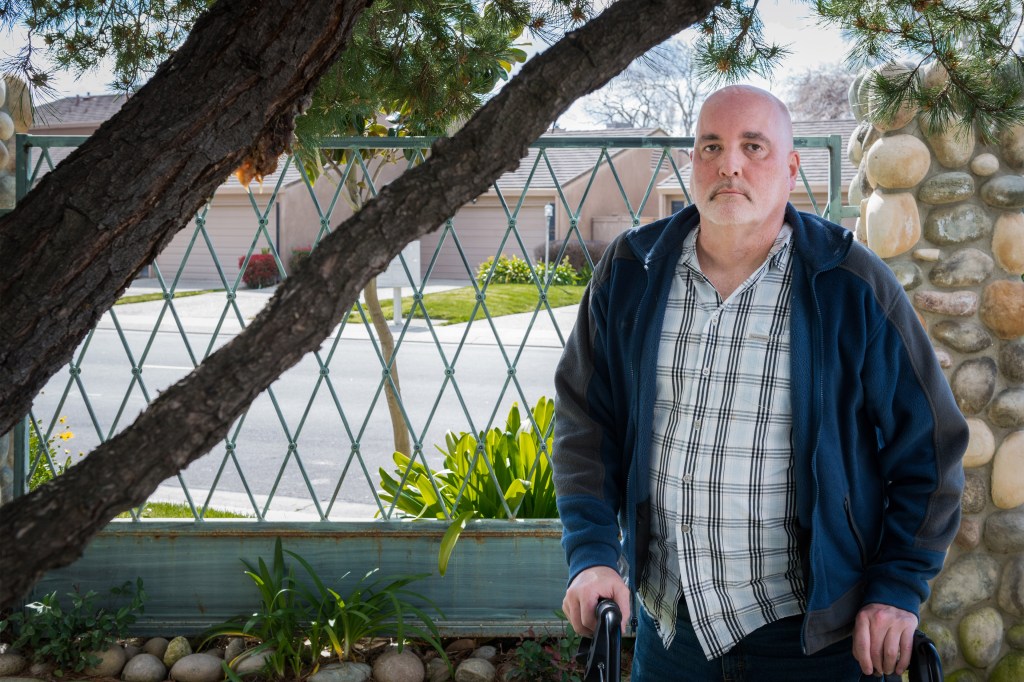People with diabetes living in the most deprived areas of the U.S. were more likely to experience serious complications, a new study suggested.
In an analysis of over 1 million individuals with diabetes, those living in areas considered to have the “most deprivation” saw significantly higher rates of severe hypoglycemia and diabetic ketoacidosis (DKA) or hyperglycemic hyperosmolar state (HHS) compared with those living in areas with the least deprivation, reported Rozalina McCoy, MD, MS, of the Mayo Clinic in Rochester, Minnesota, and colleagues.
The adjusted rate of severe hypoglycemia in counties with the most social and economic deprivation (quintile 5) was significantly higher than counties with the least deprivation (quintile 1), at 19.13 versus 13.54 per 1,000 person-years, respectively (incidence rate ratio [IRR] 1.41, 95% CI 1.29-1.54, PJAMA Network Open.
Similarly, combined DKA and HHS rates were significantly elevated for quintile 5 versus quintile 1, though to a more modest degree (8.37 vs 7.49 per 1,000 person-years; IRR 1.12, 95% CI 1.00-1.25, P=0.049).
McCoy’s group also found that the racial makeup of counties seemed to correlate with complication rates. For each percentage point increase in the white population of a county, there was a 33% decreased risk for severe hypoglycemia (IRR 0.67, 95% CI 0.62-0.72, PP=0.01).
Sex and age also seemed to play a role in risk difference. Men were significantly less likely than women to experience severe hypoglycemia or either DKA or HHS, and adults ages 75 and up saw a lower risk for both types of diabetes complications compared with patients ages 18 to 44.
“Social determinants of health, including person-level and area-level factors, are associated with the risk of experiencing dangerous, yet potentially preventable, hypoglycemic and hyperglycemic crises,” McCoy’s group wrote.
“We believe this work builds on a body of evidence revealing pervasive racial, ethnic, and socioeconomic disparities in diabetes management and health outcomes by identifying a geographic concentration of potentially preventable acute complications of diabetes,” they added. “The geographic concentration of these ED visits and hospitalizations in areas of high deprivation provides actionable information to health systems, public health agencies, and governments and signals the need for targeted interventions and potential use of [area deprivation index] as a population-level marker of vulnerability to poor health outcomes.”
Type of diabetes medications were intertwined with incidence of severe hypoglycemia and DKA or HHS as well. Not surprisingly, patients treated with sulfonylureas and insulin were more likely to experience severe hypoglycemia, while those on an SGLT2 inhibitor or insulin were more likely to experience DKA or HHS.
A patients’ prior history for any of these complications was single-handedly the biggest predictor of another event, with IRRs of 4.04 (95% CI 3.58-4.57) for past severe hypoglycemia and 22.48 (95% CI 20.23-24.97) for a past DKA or HHS event.
For their cohort study, McCoy’s group looked at national medical and pharmacy claims data for commercially insured and Medicare Advantage enrollees from the OptumLabs Data Warehouse. The final cohort included data on 1,116,361 adults with diabetes who residing in 2,902 U.S. counties. Average patient age was 65 and 62.5% were Medicare Advantage beneficiaries.
Emergency departments visits and hospitalizations for severe hypoglycemia, DKA, or HHS were identified through ICD-9 and ICD-10 codes.
Levels of county deprivation were determined based on 17 county-level indicators from the American Community Survey, including factors such as poverty, education, housing, and employment. The survey is able to reflect the amount of available resources in the area, as well as education quality, employment opportunities, and social support.
One noted limitation of the study was an inability to differentiate between type 1 or type 2 diabetes. There was also no data on patients’ race, ethnicity, or income information.
![author['full_name']](data:image/svg+xml;base64,PHN2ZyB4bWxucz0iaHR0cDovL3d3dy53My5vcmcvMjAwMC9zdmciIHdpZHRoPSI1MCIgaGVpZ2h0PSI1MCIgdmlld0JveD0iMCAwIDUwIDUwIj48cmVjdCB3aWR0aD0iMTAwJSIgaGVpZ2h0PSIxMDAlIiBzdHlsZT0iZmlsbDojY2ZkNGRiO2ZpbGwtb3BhY2l0eTogMC4xOyIvPjwvc3ZnPg==)
Kristen Monaco is a staff writer, focusing on endocrinology, psychiatry, and nephrology news. Based out of the New York City office, she’s worked at the company since 2015.
Disclosures
The study was funded by a grant from the National Institute of Diabetes and Digestive and Kidney Diseases (NIDDK).
McCoy reported grants from the NIDDK, the Patient Centered Outcomes Research Institute, American Association of Retired Persons, and personal fees from Emmi. Other study authors also reported disclosures.
Note: This article have been indexed to our site. We do not claim legitimacy, ownership or copyright of any of the content above. To see the article at original source Click Here



![author['full_name']](https://indexofnews.com/wp-content/uploads/sites/2/2022/02/newsomatic/kristenMonaco_188.jpg)










